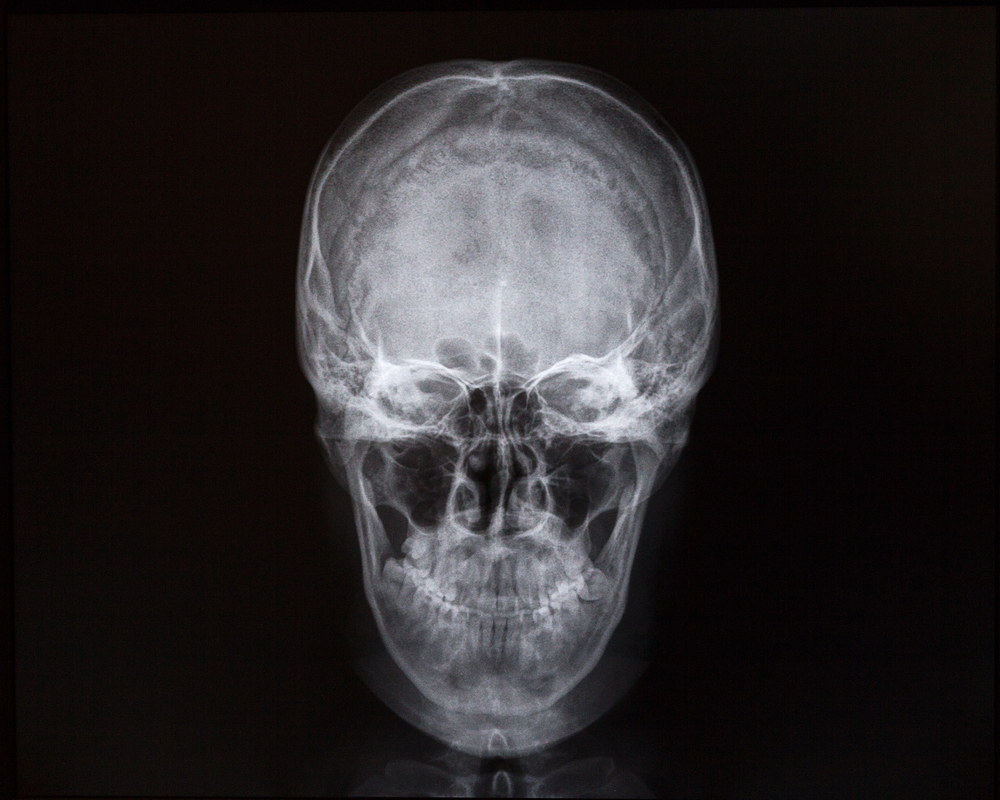
The secret to reliably diagnosing concussions lies in the brain’s ability to process sound, according to a new study by researchers from Northwestern University’s Auditory Neuroscience Laboratory.
Widely considered a crisis in professional sports and youth athletic programs, sports-related concussions have had devastating neurological, physical, social and emotional consequences for millions of athletes. Still, no single test has been developed to reliably and objectively diagnose concussions.
The groundbreaking research, to be published Dec. 22 in the journal Nature, Scientific Reports, has found a biological marker in the auditory system that could take the ambiguity and controversy out of diagnosing concussions and tracking recovery.
“This biomarker could take the guesswork out of concussion diagnosis and management,” said lead author Nina Kraus, the Hugh Knowles Professor in the School of Communication and director of the Auditory Neuroscience Laboratory. “Our hope is this discovery will enable clinicians, parents and coaches to better manage athlete health, because playing sports is one of the best things you can do.”
By observing research subjects’ brain activity as they were exposed to auditory stimuli, Kraus and her team discovered a distinct pattern in the auditory response of children who suffered concussions compared to children who had not.
Kraus and colleagues placed three simple sensors on children’s heads to measure the frequency following response, which is the brain’s automatic electric reaction to sound. With this measure they successfully identified 90 percent of children with concussions and 95 percent of children in the control group who did not have concussions.
Children who sustained concussions had on average a 35 percent smaller neural response to pitch, allowing the scientists to devise a reliable signature neural profile. As the children recovered from their head injuries, their ability to process pitch returned to normal.
“Making sense of sound requires the brain to perform some of the most computationally complex jobs it is capable of, which is why it is not surprising that a blow to the head would disrupt this delicate machinery,” Kraus said.
What was surprising, Kraus said, was the specificity of the findings.
“This isn’t a global disruption to sound processing,” she said. “It’s more like turning down a single knob on a mixing board.”
Kraus is a biologist who studies the auditory system, which is at the nexus of our cognitive, sensory and limbic systems. She described the research findings — based on a small study of 40 children being treated for concussion and a control group — as a major first step.
Dr. Cynthia LaBella, the director of the Institute of Sports Medicine at the Ann and Robert H. Lurie Children’s Hospital of Chicago and professor of pediatrics at Northwestern University Feinberg School of Medicine, is Kraus’ partner in the research.
“Our ambition is to produce a reliable, objective, portable, user-friendly, readily available and affordable platform to diagnose concussion,” Kraus said.
Concussions, a type of mild traumatic brain injury, are the result of a direct or indirect blow to the head that causes the brain to be jostled within the skull. But there is little relation between the force of an impact and the potential for injury — two athletes can suffer similar hits but experience vastly different outcomes.
“With this new biomarker, we are measuring the brain’s default state for processing sound and how that has changed as a result of a head injury,” Kraus said. “This is something patients cannot misreport, you cannot fake it or will your brain to perform better or worse.”




